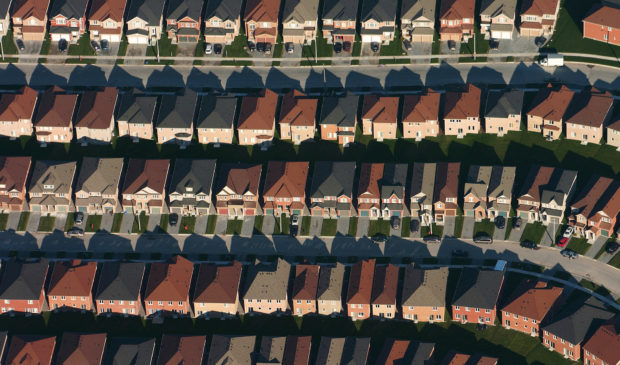City has tough decisions on affordable housing bond
Wednesday, February 13, 2019 by
Jack Craver The city’s affordable housing challenges were thrown into sharp relief during a presentation Tuesday morning by the Neighborhood Housing and Community Development Department to members of City Council.
The presentation was before Council’s Housing and Planning Committee, but the chair, Council Member Greg Casar, had invited all of his colleagues to attend due to the importance of the issue at hand.
“This year is going to be the most aggressive and comprehensive effort on affordable housing that this city has ever taken,” said Casar.
The $250 million affordable housing bond voters approved in November should help the city make progress toward the goals put forth in the Strategic Housing Blueprint Council adopted in 2017. The blueprint is supposed to guide the city toward creating more housing, both market-rate and income-restricted, over the next decade.
The blueprint calls for the creation of 60,000 new units that are affordable to households at or below 80 percent of the area median income, which is $48,200 for a single person or $68,800 for a family of four. The plan also calls for the creation of 75,000 units for those at higher income levels.
The bond dollars will help, but the city will nevertheless continue to face a dire shortage of affordable housing. Jeffery Patterson, a spokesman for NHCD, said that the department estimated the $250 million bond could help create 3,700 new rental units, 500 new ownership units and help repair 1,300 homes. Patterson stressed that it was a “rough estimate.”
In addition, Council faces the challenge of deciding where in the city to prioritize affordable housing.
On one hand, Council faces pressure to promote economic integration by putting affordable housing in affluent areas with good schools and other prized amenities. On the other hand, the city is under pressure to provide housing in gentrifying areas whose residents are at risk of being priced out. In both cases, the land is expensive, making it harder to produce as many units as would be possible in the cheaper areas on the city’s periphery.
Other priorities include dispersing affordable units geographically and placing them in areas with access to high-frequency transit.
To create transit-supportive housing, the city should aim to put 15,000 of the 60,000 affordable units within a quarter-mile of either high-frequency transit or a “corridor” or “center” identified in Imagine Austin, the city’s comprehensive plan.
However, Casar and Council Member Jimmy Flannigan both noted that the 15,000 supposedly transit-oriented units that NHCD anticipated were not targeted for some of the most transit-friendly parts of the city. In fact, the department projected more units in Flannigan’s sprawling, suburban district in Northwest Austin than it did in a number of much more centrally located districts.
Flannigan explained that while his district did have two very large Imagine Austin centers, much of the district is not friendly to transit. Casar similarly suggested the department rework its transit calculation to focus on areas next “to the best public transit that we have.”
As NHCD moves to implement its housing goals, it will likely need more staff – perhaps as many as 30 new employees, warned NHCD director Rosie Truelove. The department has 15 fewer workers than it did 15 years ago, she said, despite handling much more money and serving a much bigger city today.
Photo By IDuke (this edited version: Sting) – Edited version (sharpness, contrast and saturation) of File:Markham-suburbs_id.jpg, CC BY-SA 2.5, Link.
The Austin Monitor’s work is made possible by donations from the community. Though our reporting covers donors from time to time, we are careful to keep business and editorial efforts separate while maintaining transparency. A complete list of donors is available here, and our code of ethics is explained here.
You're a community leader
And we’re honored you look to us for serious, in-depth news. You know a strong community needs local and dedicated watchdog reporting. We’re here for you and that won’t change. Now will you take the powerful next step and support our nonprofit news organization?









